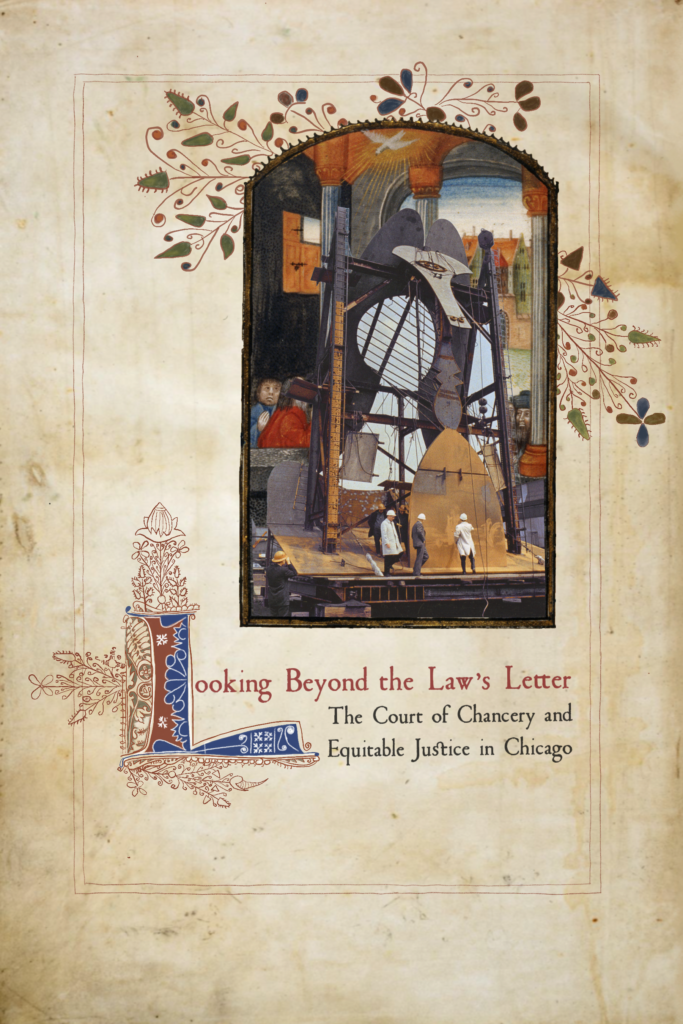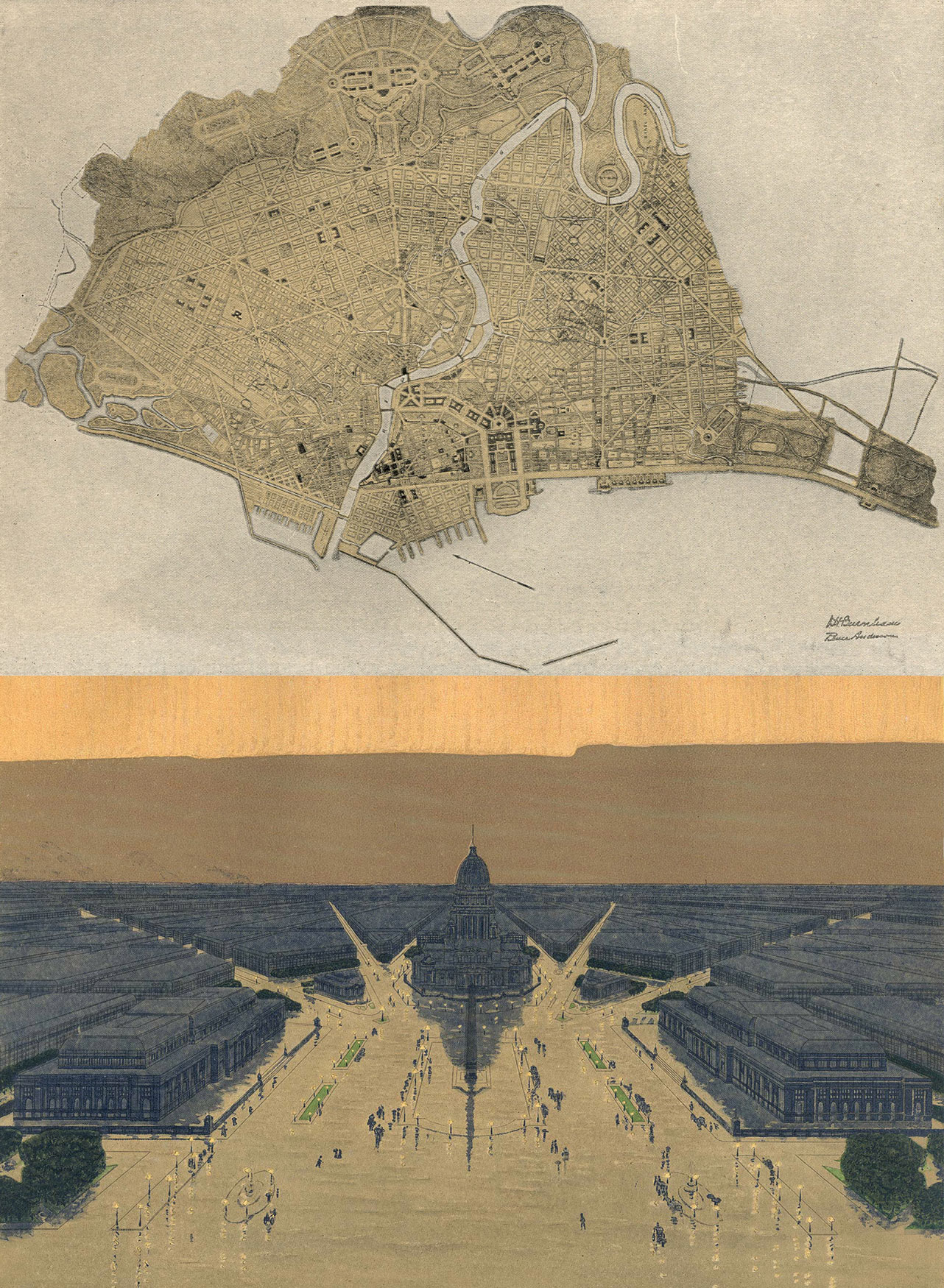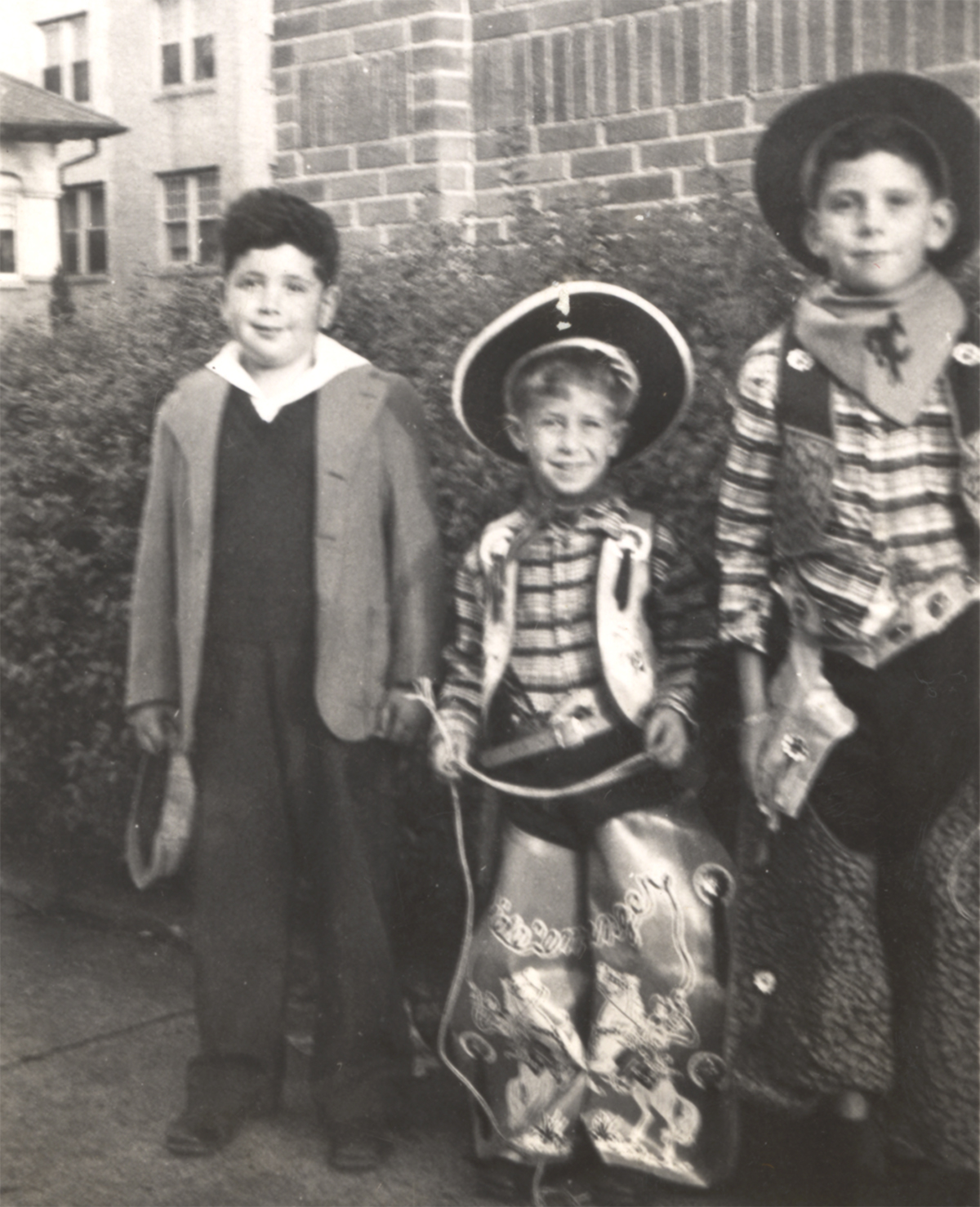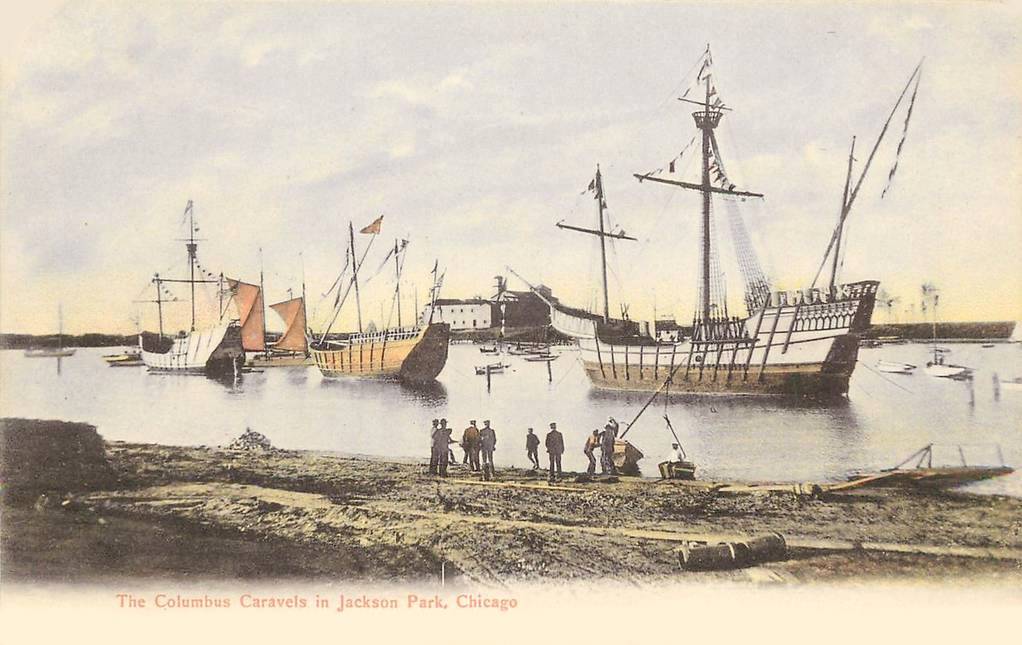My essay “Home Rule: Equitable Justice in Progressive Chicago and the Philippines” has been published…
looking beyond the law’s letter
I’m currently remediating my book project Looking Beyond the Law’s Letter: The Court of Chancery and Equitable Justice in Chicago as a graphic history. Chancery or equity (the terms are synonymous) poses an American paradox. In a nation where trial by jury is deemed an inalienable right, a judge decides a case in a juryless court of equity. And while the rule of law may be sacrosanct, a court of equity can look beyond the law’s letter and consider the dictates of conscience.
Few remember equity as an ancient legal concept, a juryless court and a jurisprudence that pervades today’s US justice system, where less than 3 percent of all civil and criminal cases proceed to jury trial. Even fewer remember Chicago’s expansive experimentation with equity. The city retains the nation’s largest metropolitan chancery to the present day, an undocumented jurisdiction.
Medieval manuscripts deployed images to cultivate the art of memory, preferably extraordinary images that aroused wonder as the soul is more strongly held by them. Such images were to be arranged on particular places, especially on architectural structures.
Looking Beyond the Law’s Letter deploys images to link the court’s medieval past to the present day, to expand beyond a traditional monograph and to draw on the ancient art of memory to help us “remember” equity. Nesting local and global state building, the project sites a comprehensive metropolitan history–ecclesiastical, imperial and urban–in Chicago’s Cook County chancery.
Here are some page drafts from my first chapter.



